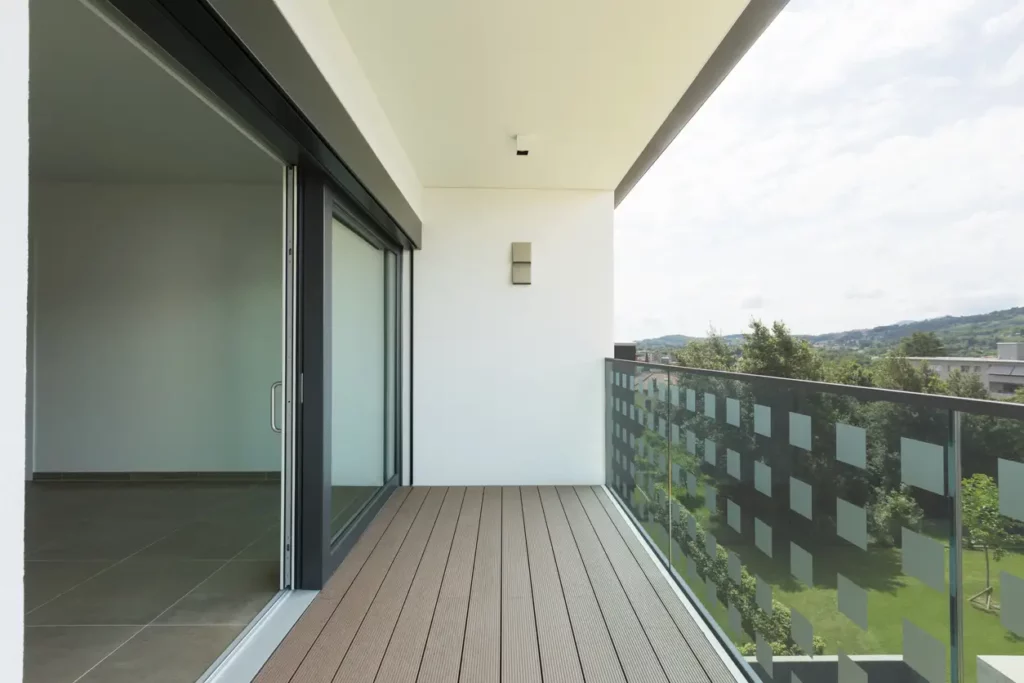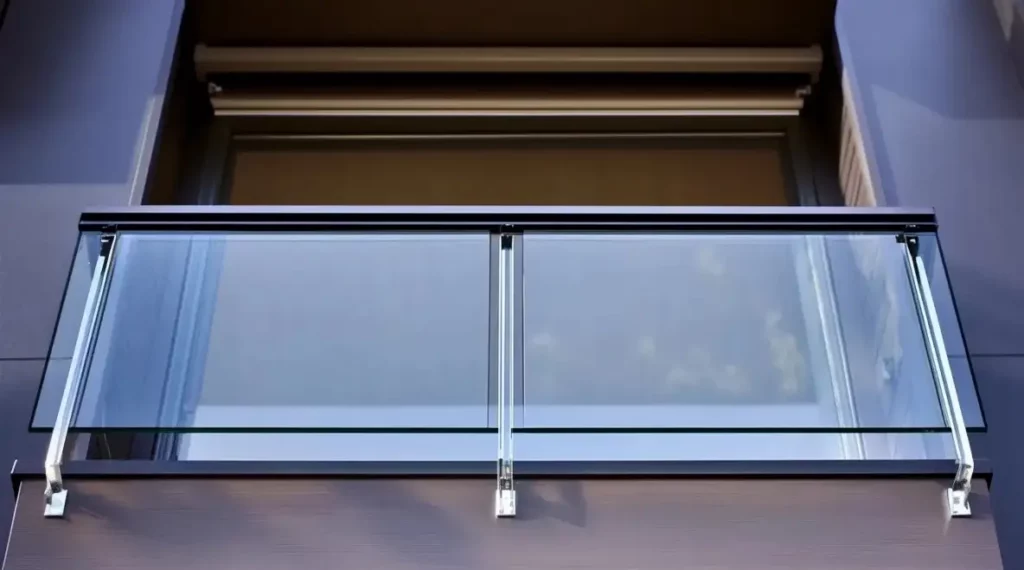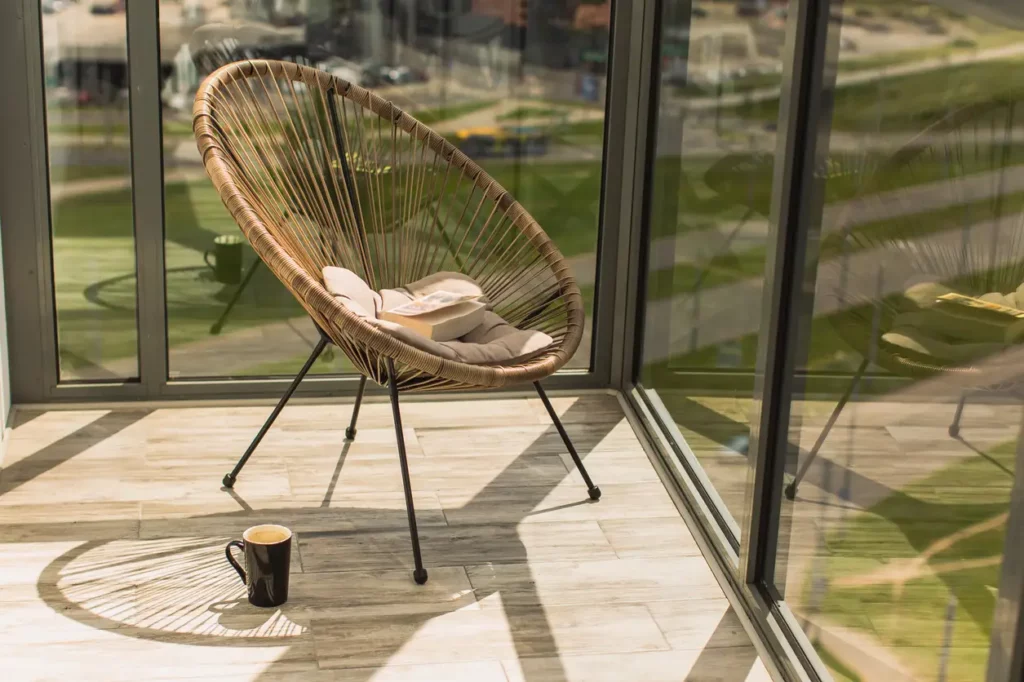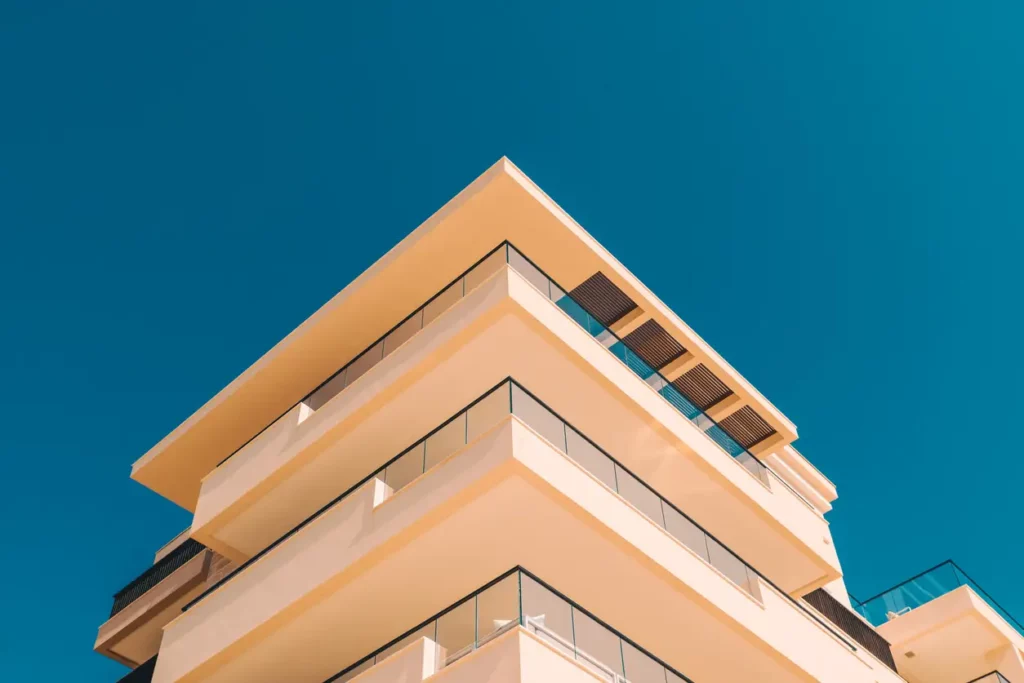Balconies: A Variety of Styles and Unique Features
Balconies are not just an architectural element of a house but also a space that adds comfort, functionality, and aesthetics to your living environment. Depending on the type, a balcony can serve as a spot for morning coffee, a mini-garden, a relaxation zone, or simply a decorative addition to the facade. This article explores the main types of balconies, their advantages and features, with a special focus on the French balcony—a graceful solution perfect for both suburban homes and city apartments.
Main Types of Balconies
Classic Open Balcony
This is the most common type of balcony. It’s a structure that extends beyond the building facade and is enclosed with metal, concrete, or glass railings. Open balconies are frequently found in residential buildings, serving both functional and aesthetic purposes.
- Advantages:
- Ideal for placing furniture or creating a mini-garden.
- Provides a cozy outdoor spot for relaxation.
- Can serve as an additional storage area.
- Disadvantages:
- Vulnerable to weather conditions (rain, snow).
- Requires regular maintenance.
Loggia

A loggia is a recessed balcony that is enclosed on three sides and often glazed, making it a versatile solution for both cold and warm climates.
- Advantages:
- Protected from wind and rain.
- Can be used year-round if insulated.
- Excellent for converting into additional space, such as an office or winter garden.
- Disadvantages:
- Often requires significant investment for outfitting.
French Balcony: Emphasis on Sophistication and Proximity to Nature

A French balcony is a graceful architectural element resembling a window opening with a decorative railing that doesn’t extend beyond the facade. This type of balcony lacks a platform, but its main purpose is visual aesthetics and enhancing light access to the room, as well as providing a unique opportunity to connect with nature or the surrounding environment.
Why is a French balcony special in the summer?
With an open window, the French balcony becomes a portal to the natural world. During warm seasons, it creates the impression that gardens and green landscapes are within arm’s reach. The sound of birdsong, a gentle breeze, and the aroma of flowers fill the house, bringing a vibrant atmosphere and a sense of harmony.
- Advantages:
- Gives the building facade a refined and elegant look.
- Allows maximum natural light into the room.
- Does not require significant construction costs
- Benefits for living close to nature:
- Maximum access to fresh air, especially during the summer season.
- A sense of unity with the surroundings that is unattainable with ordinary windows.
- Stunning views of gardens and landscapes become part of your interior, visually expanding the space.
- Disadvantages:
- Limited functionality, as you cannot step out onto it.
French balconies are often used in European-style homes and are suitable for those who value proximity to nature and wish to enjoy fresh air without leaving their home. This architectural element adds lightness and elegance to both the building facade and the interior spaces, filling them with natural light and freshness.
If you dream of a home where nature is a part of your everyday life, a French balcony is exactly what you need.
Panoramic Balcony

Panoramic balconies are typically fully glazed and offer stunning views of the surrounding nature or urban landscapes. This is a popular solution for homes located in picturesque areas.
- Advantages:
- An excellent option for enjoying the view.
- Creates a sense of space and connection with the environment.
- Well-suited for placing furniture or decorative elements.
- Disadvantages:
- Requires regular cleaning and maintenance of the glass.
- Higher construction costs.
Corner Balcony

The corner balcony occupies two adjacent facades of the building, making it an excellent choice for homes with interesting designs. It can be open or glazed, depending on your preferences.
- Advantages:
- Increased balcony area.
- Possibility of zoning (e.g., dining area and relaxation space).
- Aesthetically highlights the house among others.
- Disadvantages:
- Requires more effort during design and construction.
Hanging Balcony
Hanging balconies are mounted on special brackets attached to the building facade. They are popular in modern architectural designs and are suitable for small spaces.
- Advantages:
- Ideal for small homes or buildings with limited space.
- Stylish and modern appearance.
- Disadvantages:
- Limited weight capacity.
- Often requires high-quality maintenance of brackets and supports.
How to Choose a Balcony for Your Home?
When choosing a balcony, consider the following:
- Architectural style of the house.
- Weather conditions in your region.
- Personal preferences and budget.
- Functional needs (e.g., relaxation area or decorative purpose).
French Balconies in the “Cherry Orchard” Collection by Topla Kuća
In our “Cherry Orchard” collection of homes, you will find models equipped with elegant French balconies. These homes, made from modern SIP panels, embody the harmony of style and functionality. The French balcony in our designs adds sophistication to the facades and allows rooms to be filled with light, making them more spacious and cozy.
Our homes are not only aesthetically pleasing but also energy-efficient, making them an excellent choice for comfortable living. Visit the “Cherry Orchard” collection to see how a French balcony can become a true gem of your future home.
Make Your Home Special with Topla Kuća!





